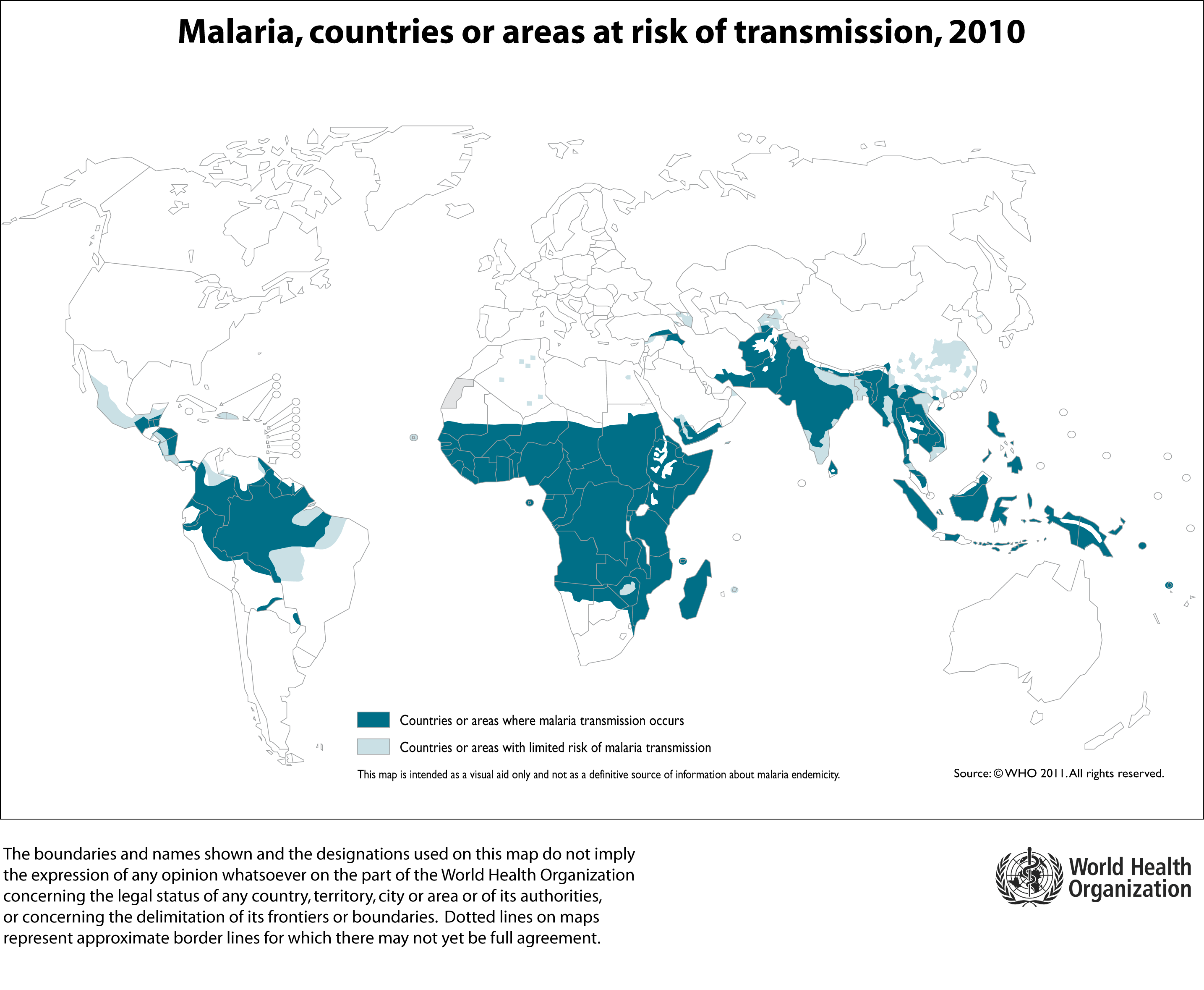QUESTION
what socio-economic and environmental conditions contribute to the disease?
ANSWER
Malaria transmission requires the presence of Anopheles mosquitoes; as such, conditions which favor the growth and persistence of these mosquitoes will also be hotspots for malaria transmission, provided the climate is also sufficiently warm for the development of the parasite within the mosquito.
Rural areas without sophisticated water and sanitation systems often utilize streams or ponds for everyday water needs; if these produce stagnant patches of water, they can be an ideal location for the development of mosquito larvae. Similarly, if rural farmers dig canals or ditches to irrigate their fields, these can become breeding areas. Urban areas tend to have less standing water, apart from cisterns, so in many cases transmission is less prevalent in urbanized locations. As a further socio-economic factor, preventing mosquitoes from entering the house and biting people is key way to prevent infection. Rich people in malarial areas may be more able to have fully screened houses, possibly even with air-conditioning, which will prevent mosquitoes from establishing in the house. They may also be more likely to have access to a long-lasting insecticide treated bednet, which further reduces mosquito bites, and also access to accurate diagnostic screening and treatment, if they do happen to get infected.
All of these factors contribute to making malaria burden highest in some of the world’s poorest areas, with the highest levels of mortality in sub-Saharan Africa.
